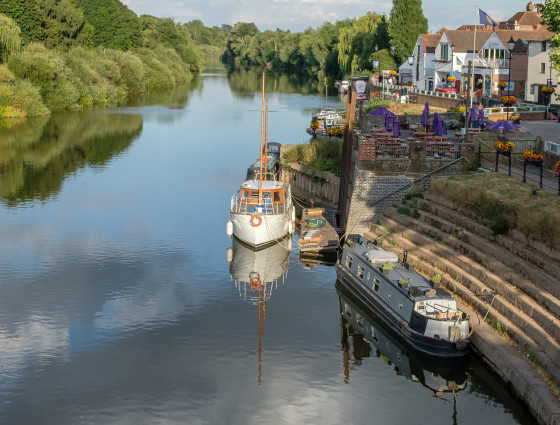
Flood risk and development
Planning plays a fundamentally critical role in flood risk management.
New developments can contribute to the management of flood risk. National planning policy has a presumption in favour of sustainable development, therefore flood risk management should be taken into consideration.
To find out if you're planning applications should be accompanied by a Flood Risk Assessment (FRA) visit:
GOV.UK - Flood risk assessment for planning applications
Worcestershire County Council, as the Lead Local Flood Authority is a statutory consultee on all major planning applications with surface water drainage implications.
The Flood Risk management Team at Worcestershire County Council respond to major planning applications for the south of the county (Malvern Hills District, Worcs City and Wychavon District). North Worcestershire Water Management (NWWM) carry out this role on behalf of the Lead Local Flood Authorities (LLFA) for districts in the north of the county (Wyre Forest District, Bromsgrove District and Redditch Borough).
Contact North Worcestershire Water Management
Contact Lead Local Flood Authorities
Information on the surface water drainage of the site should accompany every major planning application. It should identify how sustainable drainage system techniques (SUDs) will be used with any obstacles to their use clearly justified. This should include information on the adoption of sewerage infrastructure and arrangements for ownership and maintenance of SuDS for the lifetime of the development. Information can be found below.
The consideration of planning applications is informed by a number of national and local plans, policies and strategies, visit:
 Facebook
Facebook X
X Email
Email WhatsApp
WhatsApp Messenger
Messenger